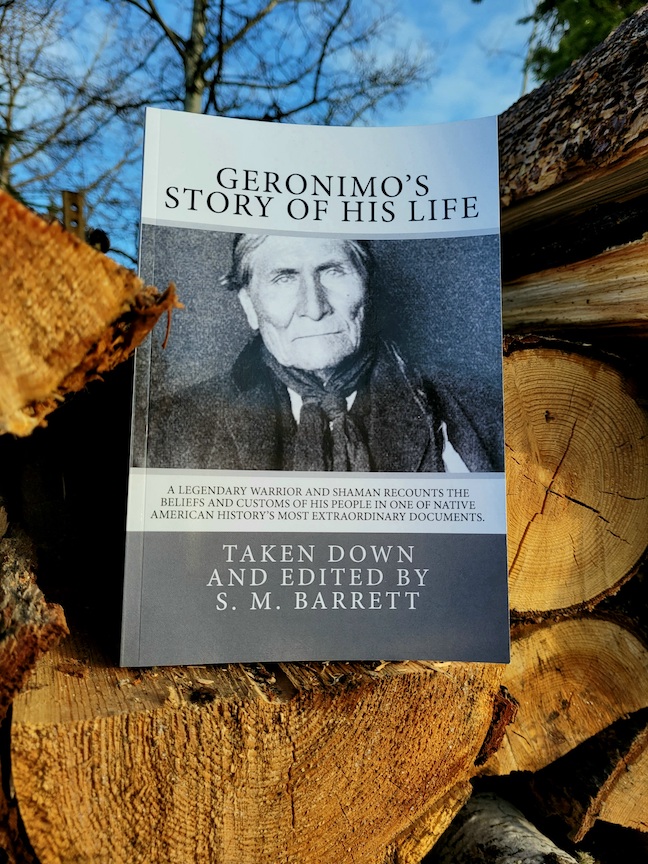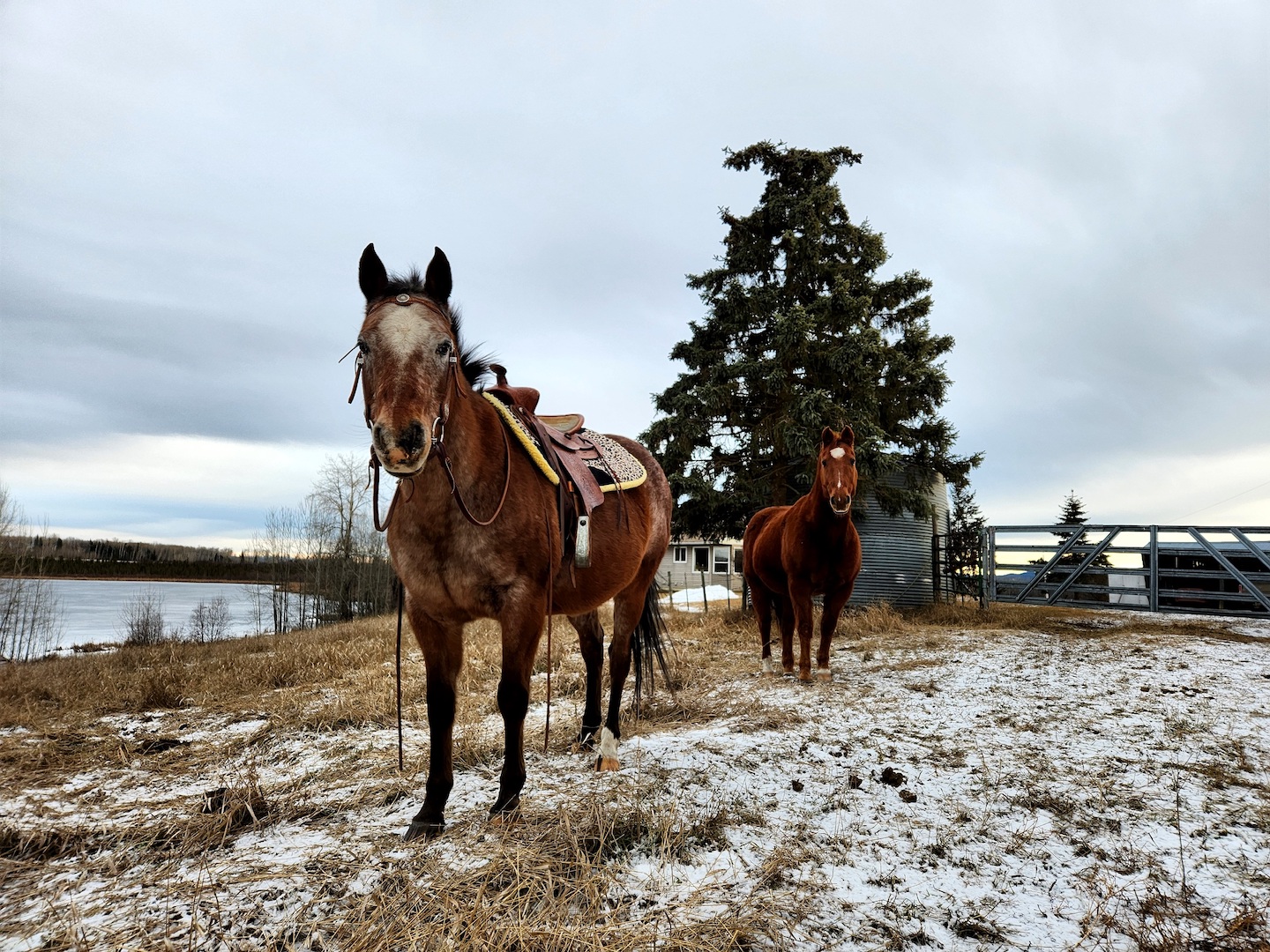Author: Geronimo, with S. M. Barrett
Published: 1906
Mood: If you want to read a book that’s about as close to an authentic Native American story from the Old West as you can get.
I don’t quite know how to write this review. It’s a good book, in that it’s Geronimo’s story in his own words. But it’s not a GREAT autobiography. Partly because the cover refers to a “legendary warrior and shaman” and you only get the warrior parts. I wanted more about Geronimo the medicine man.
The other reason is f*cking white people. Geronimo’s Story of His Life is FULL of commentary from white people.
It had to be, I get that; in 1906 you couldn’t just go publishing an Apache leader’s opinions. But now any idiot with a laptop can publish their opinions online (hello! white idiot with a website here). It pains me that Geronimo was a respected leader, accomplished warrior, and a total legend who only got ONE f*cking shot to tell his story before he died as a prisoner of war. And it’s annotated by his captors.
Much of the book is still Geronimo’s version of events. But after suffering through a 16-page introduction that’s mostly a list of mandatory military endorsements, including the rules each person placed on the publication… I was already thinking, how much of Geronimo’s Story of His Life is actually the story he wanted to get across?

Geronimo’s Story of His Life begins by telling the creation of the Apache people, and describing the six Apache tribes. Then you briefly get into Geronimo’s youth, caring for his mother, marrying his first wife at 17, and having three children – then losing his entire family in a Mexican raid.
The rest of the book recalls Geronimo’s retaliation raids and battles in Mexico, and the eventual engagements with the U.S. Army while Native Americans were being hunted down and forced onto reservations.
There are also a few scattered descriptions of Apache customs. It was SUPER cool to learn that in many cases a relationship is initiated by the woman. During a “lovers’ dance” the women each select which warrior they will dance with, and if she’s single and he’s into it, he can also propose to her. Regardless, he has to give her a gift, and if she doesn’t think it’s valuable enough she can lodge an official complaint with a higher authority.
Geronimo’s Story is matter-of-fact, stating the details of events as if only for posterity. Geronimo does share his opinions on Mexican people, the U.S. Army, specific Americans, and the treatment of his people. He’s upfront when he thinks things were lies, wrongdoing, or unjust. But rarely do you detect emotion.
This could be his manner as a retired warrior, or perhaps he was just exhausted from a long life of battles and twenty years living as a prisoner. I feel like it might also be lost in translation. Although it says that they would read back each passage of Geronimo’s words to him, in his language, for his approval, I’m sure we’re missing pieces.
- He spoke through a translator, so his words had to be converted into the closest possible English terms; re-translating them had to be like that episode of NewsRadio where Jimmy James’ book bombs in the U.S. but crushes it in Japan so he has it translated back to English and it’s total nonsense
- Not to make light of the situation, I just think a twice-translated narrative is going to have its issues
- The U.S. Army also put strict rules on publication, as logged in the introduction, which probably resulted in cutting out passages that Geronimo believed to still be included as those sections would only have been removed after his approved manuscript was submitted; as a result, intent may have been lost in some places
- The author notes that Geronimo grew tired of the project, but completed it because he’d given his word – so how much relevant stuff did he intend to tell but omit for various personal reasons?
Author S. M. Barrett did add notes about raids done by U.S. and Mexican troops, to show that it wasn’t just Apache men on the warpath. He also included in the footnotes some details from sources supporting Geronimo’s account, including one civilian account witnessing the treaty that was famously broken when Geronimo and his people surrendered.
You almost get the sense that Barrett knew what would happen to the story before it went live, and wanted to counter that as much as possible.
It was difficult for the author to even spin what he was hearing into the kind of book the English-speaking world would understand, given Geronimo’s non-linear speaking style and unconventional methods of storytelling (such as galloping on horseback across a field).
![]()
At the end of the day Geronimo and Barrett did their best, but the result is nothing like it might have been hearing the great warrior tell these stories as he might to a group of young Apaches. And I guess we don’t deserve that.
Like I said, Geronimo’s Story is still GOOD. I’m glad I read it. I actually ordered it after watching Wes Studi’s phenomenal portrayal in Geronimo: an American Legend. I feel kind of bad that I didn’t just go out and find the book on my own, but at least I did find my way here. I’m learning.
Even though this website is mostly ridiculous and nobody would ever dream of paying for these opinions – writing about Geronimo does benefit me, and I don’t want to be yet another white person benefiting from Indigenous stories without giving back. After writing this review, I bought an awesome shirt to support an Indigenous-owned company.


